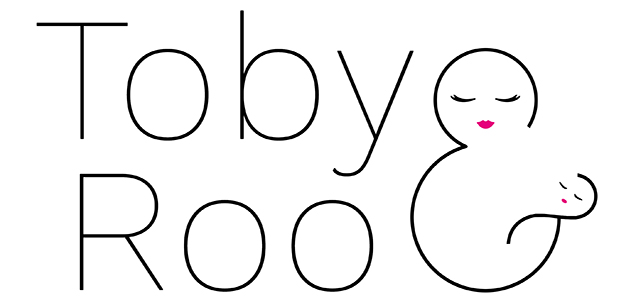One thing we’ve all experienced over the past few years is the very real risk of disease. Everyone has a responsibility to mitigate the risks in a wide range of areas, but particularly employers. Here, we take a look at the risk posed by Legionella in 2024, from what the illness it can cause to some important preventative measures you should be taking against it.
What is Legionella?
Legionella pneumophila is a kind of bacteria that’s quite commonly found in different water sources. While it’s relatively harmless in low levels, where it’s able to grow to certain concentrations, it can result in a serious type of atypical pneumonia called Legionnaires’ disease. With cases on the rise across Europe and America, Legionella is absolutely something that all businesses need to be taking serious action against.
Where does Legionella grow?
To limit the risk of Legionella, we need to first understand where it thrives. Legionella bacteria tend to grow fastest in warm, stagnant water sources, between 20-45°C. There can be a range of potential water sources that create those environmental conditions, including but not limited to water cooling containers, water storage tanks, and pipes that aren’t regularly flushed out.
Legionella risk assessment
Legionella risk assessments are one of the most important parts of any comprehensive prevention strategy. These risk assessments will typically be carried out by water hygiene specialists, who will have access to specialist testing equipment and the know-how to use it effectively.
The risk assessment will aim to ensure that you’re compliant with the approach that you’re taking. It will raise a number of issues, in order of importance – there will always be areas that you can improve in, even if you’re technically in line with all applicable regulations.
Potential actions you’ll have to take going forward won’t normally be that extreme. It might include heating or cooling water storage units so that they’re outside the temperature range listed above (below 20 degrees and above 60) or flushing out the pipes in areas that aren’t regularly used.
Ongoing testing and improvement
It’s important to remember that all safety issues, and particularly those as volatile as Legionella prevention, will require ongoing work. You’ll need to keep conducting risk assessments, and based on the findings, tweak the approach that you’re taking. The potential ramifications of slacking off in this area are severe; Legionnaires’ disease is no joke, and can be particularly dangerous to those with lung issues or other underlying conditions.
This should have provided you with some clear, actionable advice on how to mitigate the risks posed by Legionella in 2024. It’s not difficult, but you’ll need to take a multi-faceted approach that’s dynamic enough to adapt to risks as and when they pop up.
Failure to prevent Legionnaires’ disease outbreaks can result in serious illness, and will likely result in you facing legal action for regulatory breaches. People expect water safety as a bare minimum from most businesses – the impact that a Legionnaires’ outbreak could have on your brand image could be absolutely catastrophic, and luckily, it’s easily avoidable.


